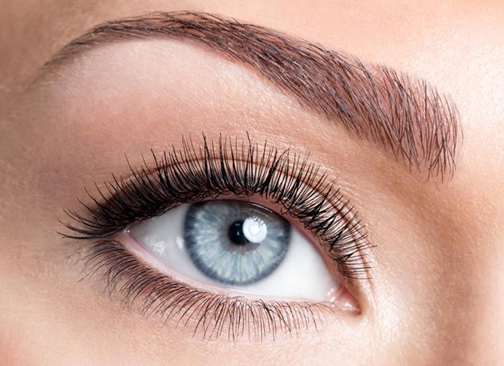
Researchers from the University of Toronto have made a very important breakthrough in stem cell research. A research team has used a biomaterial gel to improve the success of stem cell transplants for mice suffering from blindness and stroke. The research could lead to new treatments for both blindness and stroke in humans. The stem cell research project was developed by the Donnelly Centre for Cellular and Biomolecular Research at the University of Toronto.
The biomaterial gel (known as a hydrogel) was applied to the cells that were transplanted into the eyes and brains of mice who suffered from blindness and stroke. The stem cells integrated into the existing tissue more easily, repairing some of the damage suffered by the mice. It is an important breakthrough for the field of regenerative medicine, which seeks to develop new stem cell therapies that repair human organs and tissue.
When stem cells are transplanted into the body, they can sometimes fail to integrate with existing living tissue. The hydrogel allows the stem cells to stay together during the transplant procedure giving them a greater chance of survival and helping them better integrate with living tissue.
Stem cells were used to produce photoreceptor cells, which were then encased in hydrogel and transplanted into the blind mice. The mice saw a 15% increase in pupillary response.
The positive results from the stem cell research indicate that hydrogels may be useful for many new stem cell therapies. Researchers expect that this new transplant technique will also in repairing nerve damage caused by injury or disease.
It is expected that this new technique will be commonly used in the future to restore eyesight and heal brain damage.
Source: New and Improved Stem Cells Have the Potential to Restore Sight and heal Damaged Brains
{{cta(‘3fe0aac7-7562-46dc-b8b9-c706d9cfd6b1’)}}
{{cta(‘fec594e9-5433-4350-9180-2bdd371eb399’)}}


